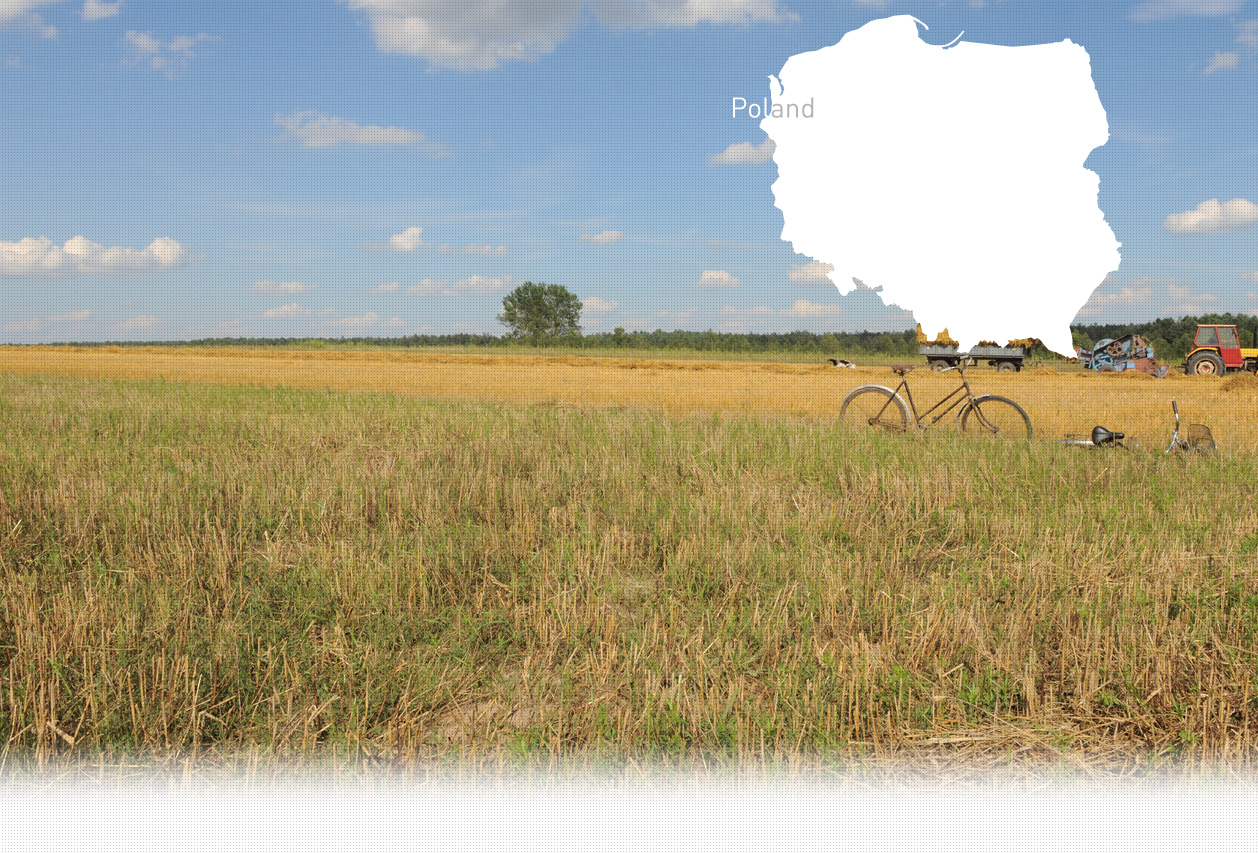

1 Killing site(s)
Witness interview Józef K., born in 1945: "My parents were farmers. My mother managed the household, and my father also worked as a bricklayer. Our Jewish community here was small—larger Jewish populations lived in the nearby towns of Dobczyce and Droginia.
I remember what I know about the graves of the Jews. According to people in the village, one man had witnessed everything. To avoid being seen by the Germans, he had climbed a tree on the opposite side of the river and watched the events from there. Later, he told others what he had seen.
I knew the burial site myself. There were two long, narrow graves—that was where the Jews had been buried. After the war, my father was given a difficult and distressing task: he was ordered to exhume the bodies and pack them into sacks. A truck later came to transport the remains to the cemetery. I happened to bring my father his lunch that day, so I saw the bodies after they had been dug up." (Witness N°1416P, interviewed in Brzączowice, on October 20, 2022)
Village of Brzączowice
Questionnaire on mass executions and mass graves.
1. Date and place of execution: July 1943 in Brzączowice.
2. Type of execution/ shooting, hanging or other types: Shooting.
3. Data concerning the executed victims: Poles, Jews, foreigners: Unknown. Number of people executed: approximately 70 people. Where did the victims come from: from the direction of Myślenice. Name, age, profession and address: unknown.
4. Is it known what the victims were accused of or was the execution an order for retaliation or other reasons: Unknown.
5. Who carried out the execution? Gendarmerie, Gestapo, SS, police, Wehrmacht? The gendarmerie, the Gestapo, the SS, the police.
6. Are the names of the perpetrators known? Give the names: No.
7. Were the bodies burned? Or destroyed in another way? Where? After the shooting, the bodies were thrown into a pit and covered with a toxic powder.
8. Where were the bodies buried? Exact location: The bodies were buried near the Raba River in a place called "Ispina."
9. Description of the pit: A mass grave 10 m long and 3 m wide.
10. Has an exhumation of the bodies been carried out? Was there a protocol about the location of the pit? No.
11. Are there reasons to request an upcoming exhumation? Yes, there are reasons.
[Deposition of Jan Platek, 31 years old, wojt (mayor) of the commune of Brzączowice, given on October 5, 1945, concerning the execution of 70 persons of unknown nationality in July 1943 in the village of Brzączowice. IPN Kraków Report, 1/11621/DVD/1, pp. 4–6 of the PDF]
Brzączowice is a village in the administrative district of Gmina Dobczyce, within Myślenice County, Lesser Poland Voivodeship, in southern Poland. It lies approximately 5 km (3 miles) southwest of Dobczyce, 11 km (7 miles) east of Myślenice, and 24 km (15 miles) southeast of the regional capital, Kraków.
Little is known today about the pre-war Jewish community of Brzączowice. Neither preserved archival documents nor the accounts of current residents—too young to remember their parents’ and grandparents’ Jewish neighbors—offer detailed information. From interviews conducted by Yahad, it is known only that several Jewish families once lived here, though their fates remain unknown.
Residents recall that larger Jewish communities were found in nearby Dobczyce, Droginia, and Myślenice, a town located about 11 km from Brzączowice. Before the Second World War, Myślenice had a significant Jewish community, comprising about a quarter of the town’s population. Jews played an important role in the local economy, operating numerous shops and service establishments, particularly around the Market Square. The Jewish community of Myślenice maintained its own cemetery, synagogue, mikvah, and kosher butcher stalls.
The German invasion of Poland in September 1939 marked the beginning of the Holocaust in Myślenice. While some Jews initially fled east, many returned to find their shops plundered or seized by Germans and handed over to Poles who had declared allegiance to the Reich.
Myślenice also became a refuge for Jews from other towns, including Cieszyn, Kraków, and Bielsko. The Myślenice Judenrat was headed by Moryc Neiger, with Mosze Weiss—a German refugee—emerging as a dominant and ruthless figure. In March 1941, Jews from surrounding areas were forced to relocate to Myślenice.
In May 1942, the Germans began deporting forced laborers to Julag I in Płaszów, a process that soon expanded to include children. By August 1942, Jews from Myślenice and nearby towns were gathered in Skawina and deported to the Bełżec and Treblinka extermination camps.
Archival records from the Institute of National Remembrance (IPN), specifically the Questionnaire on Mass Executions and Mass Graves, document the burial of 70 victims in Brzączowice in July 1943. These early reports left the victims’ nationality and identity undetermined, noting only that they were shot by the Germans and transported from the Myślenice area.
Testimonies collected by Yahad - In Unum have since clarified that the victims were Jews—most likely individuals who had been hiding in the Myślenice district before being captured and executed by German forces. According to witnesses, the bodies were transported by truck to the banks of the Raba River, where other Jewish prisoners were forced to unload them. After completing this task, these prisoners were also executed and buried alongside the initial victims in two elongated mass graves on the riverbank.
In 1963, flooding of the Raba River eroded part of these graves. During the exhumation that followed, armbands bearing the Star of David were found among the remains, definitively confirming the victims’ Jewish identity and corroborating the witness testimonies. The bodies were subsequently reinterred in the Jewish cemetery in Dobczyce. Today, the original burial site at Brzączowice lies entirely submerged as a result of the flood’s lasting impact.
Do you have additional information regarding a village that you would like to share with Yahad ?
Please contact us at contact@yahadinunum.org
or by calling Yahad – In Unum at +33 (0) 1 53 20 13 17